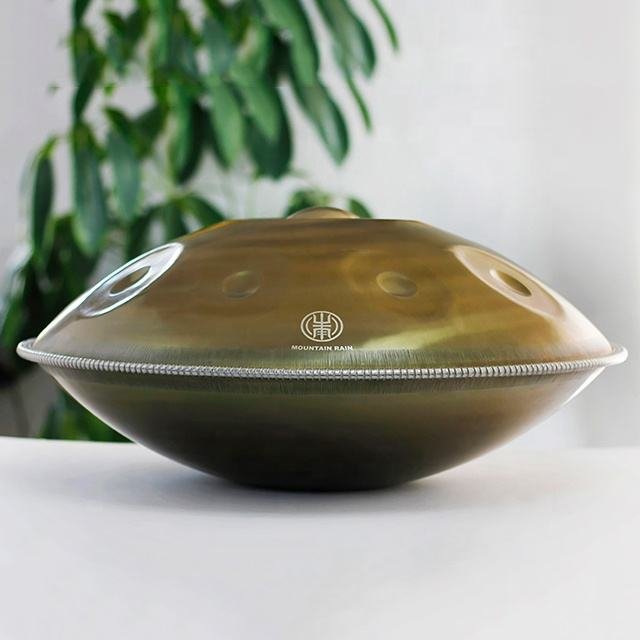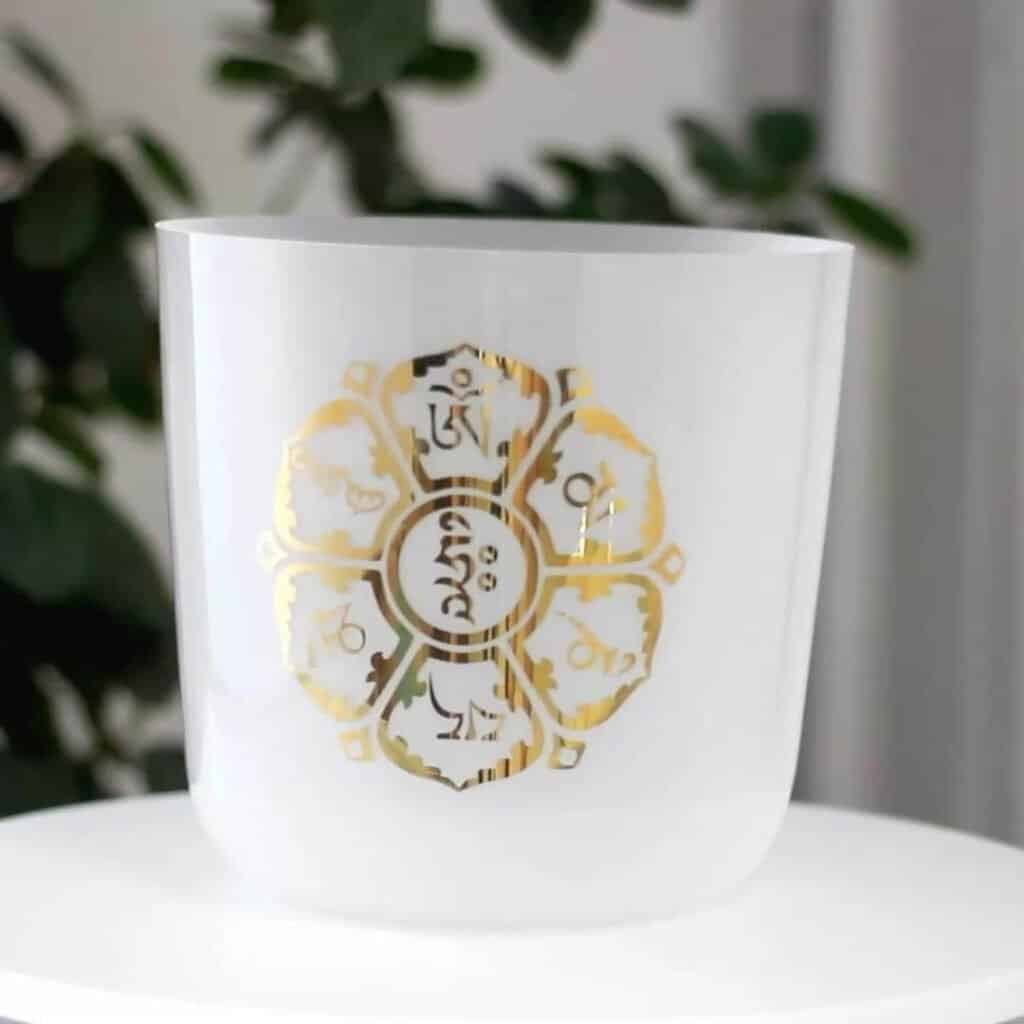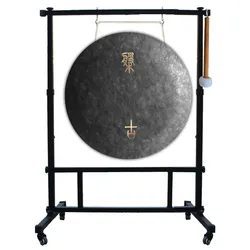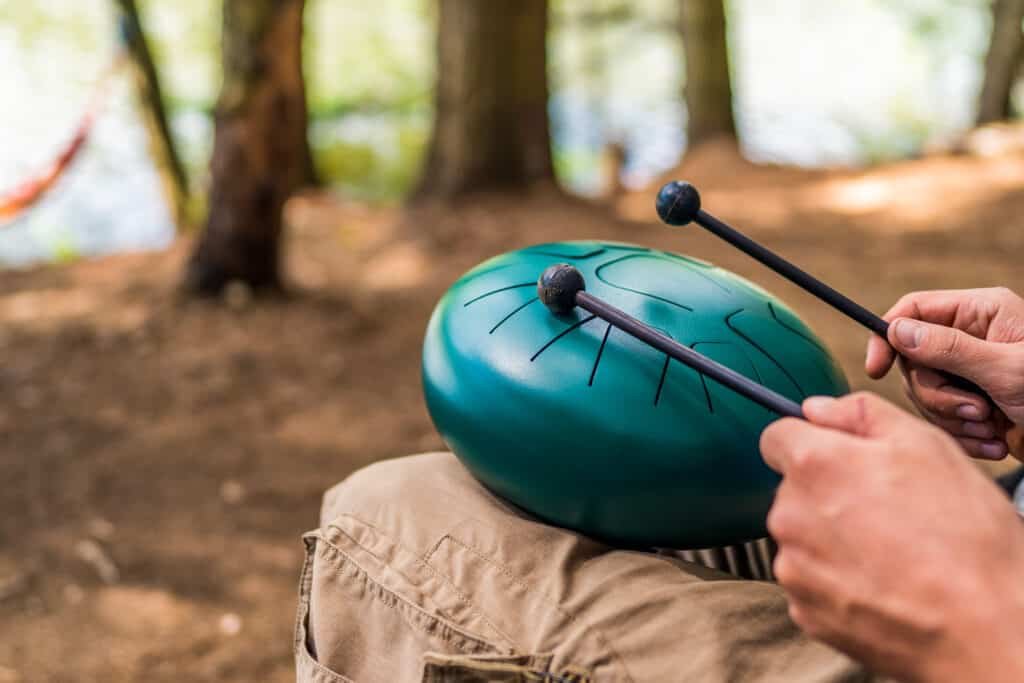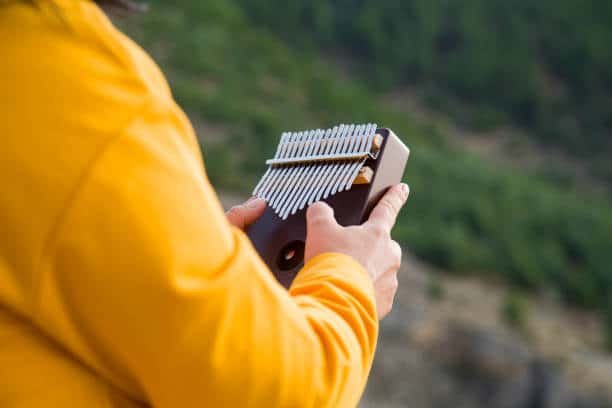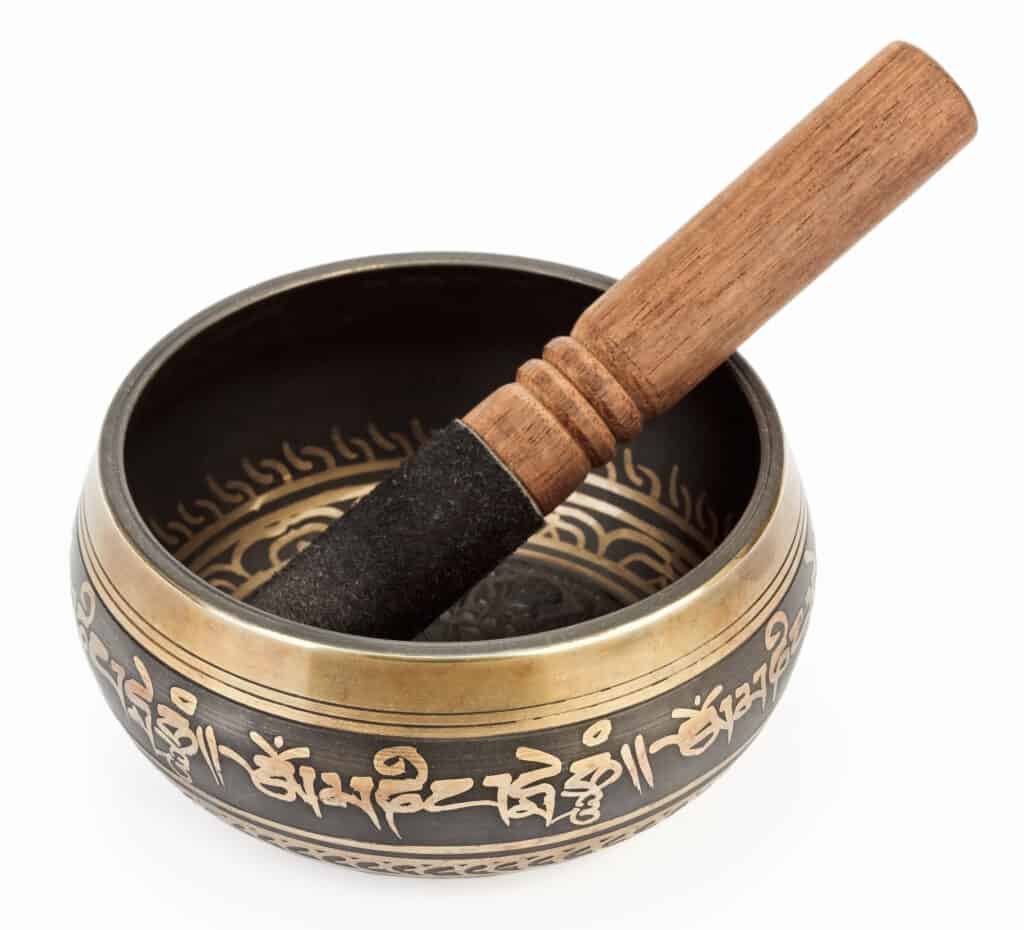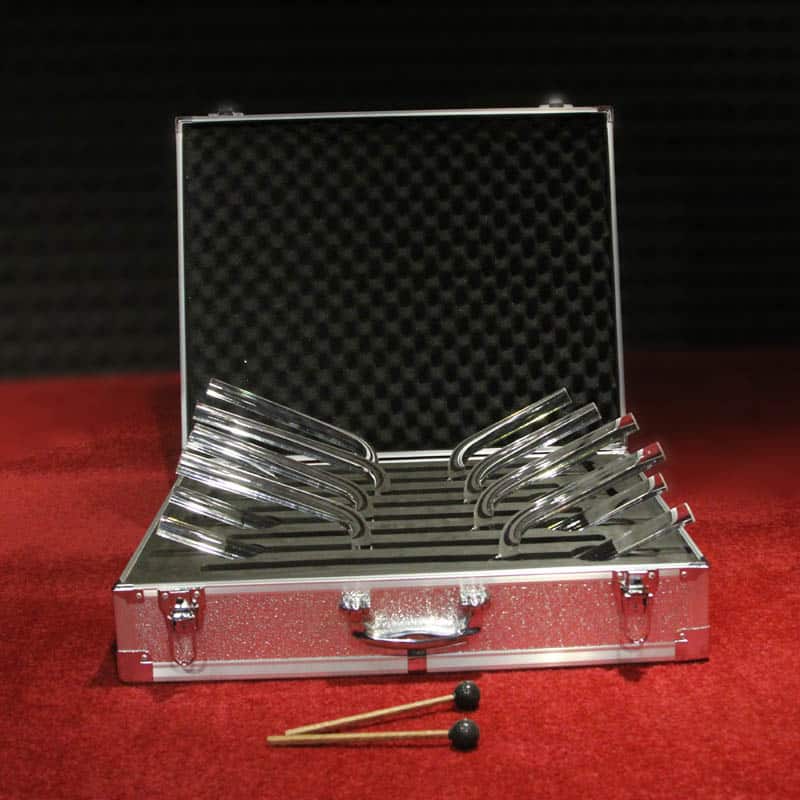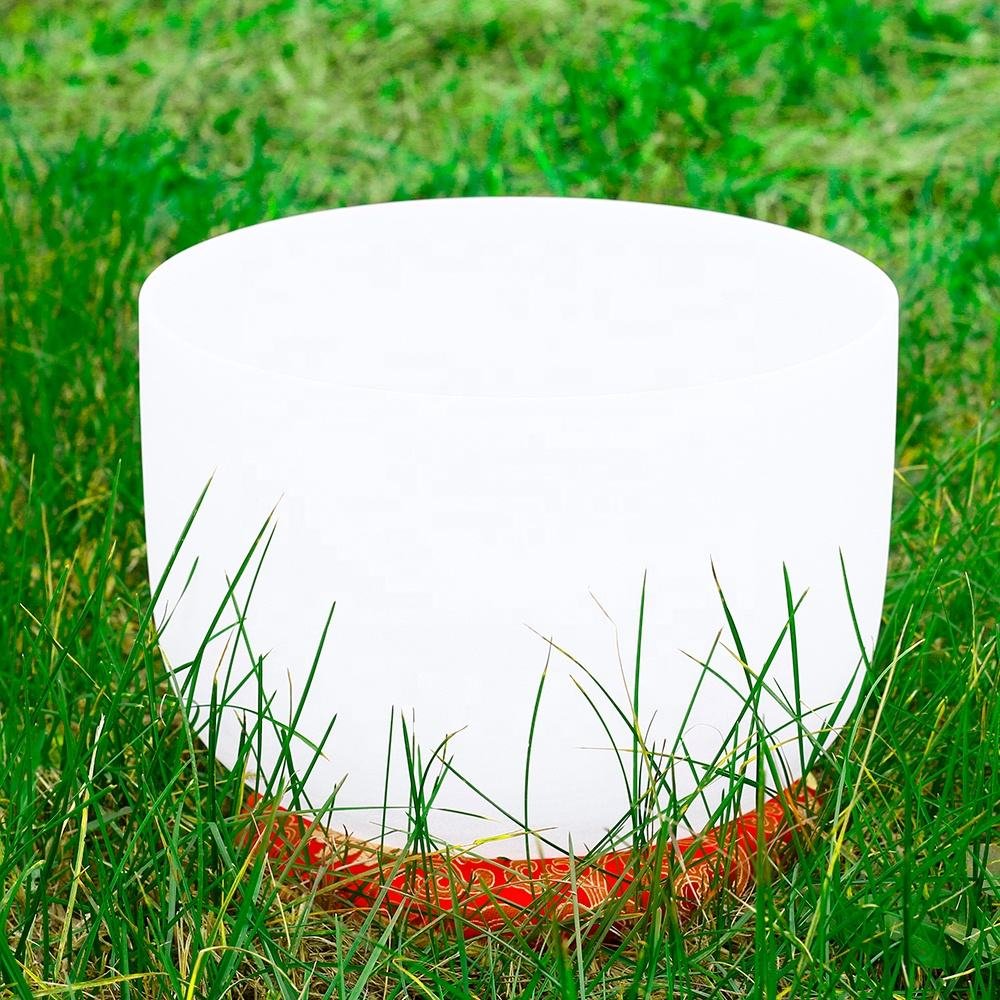Music therapy

As a modern emerging interdisciplinary discipline integrating musicology, psychology, medicine and other disciplines, music therapy originated from the music therapy major established by the University of Kansas and Michigan State University in the United States in the 1940s. The National Music Therapy Association, established in June 1950, has been followed by other countries around the world. In 1959, Australia had a music therapy institution. From 1969 to 1970, France, Germany, Finland, Denmark and other countries also established music therapy research organizations. Music therapy has a long history of development. As one of the earliest countries with the origin of musical civilization in the world, the ancient Chinese had already produced bone flutes capable of playing the five-note scale completely and accurately 9,000 years ago. The witch doctor medical culture of primitive society is the common origin of Chinese music therapy and expressive art therapy.
In the Huangdi Neijing, the earliest existing medical classic in China, the five tones were introduced into the medical field for the first time. “Lingshu·Five Tones and Five Flavors” records the contents of treating diseases with five different scales: “Gong, Shang, Jiao, Zheng, and Yu”, and uses the theory of yin and yang and five elements to combine music with the five internal organs of the human body (spleen, lung, liver, heart, Kidney) and the five wills (thinking, worry, anger, joy, fear), etc. By making full use of the interconnection between the five tones and their corresponding five internal organs, music therapy can prevent and regulate the human body’s physiological and mental state.
Specifically, “Jin’eshanfang Medical Talk” summarizes the therapeutic effects of the five tones as follows: “The melodious and harmonious Gongyin helps the spleen function and increases appetite; the sonorous and solemn Shangyin is good at controlling anger and calming people; The horn sound is smooth and peaceful, good at dispelling depression, and helps people fall asleep; the zheng sound is melodious, regulating the blood vessels, and invigorating the spirit; the feather sound is soft and thorough, provoking people’s reverie, and enlightening the soul.” “Su Wen·Yin and Yang Ying Xiang Da Lun” records: “Liver, The heart is the horn, the heart is the micro, the spleen is the palace, the lungs are the shang, and the kidneys are the feathers.” These theories together constitute the central idea of music therapy in ancient China.
As a brand-new discipline, modern music therapy has developed relatively late in China, especially in mainland China. From the late 1970s to the early 1990s, modern music therapy based on traditional five-tone therapy, Qigong music guidance, flute therapy, and music electrotherapy began to appear in our country.
Singing bowls are usually made of a bronze alloy composed of copper, tin, zinc, iron, silver, gold, nickel and other metals. When played, the edges are struck or rubbed with a wooden or leather mallet to produce sounds of different frequencies. During the playing process, the sides and edges of the bowl can emit different vibrations. Bowls of different materials and sizes emit different vibration frequencies, thus producing rich sounds. Singing bowl therapy originated in Tibet. Modern systematic research on singing bowl therapy originated from HANS DE BACK’s improvement of singing bowl music therapy in the late 1970s, inspired by the traditional therapeutic ideas and tantric health theories of Tibetan singing bowls. . Among them, the singing bowl is spatially close to the three chakras and seven chakras in Ayurvedic medicine during the performance, and by emitting frequencies corresponding to the three chakras and seven chakras, it resonates with the human body’s internal organs and meridians to achieve resonance healing. To regulate the internal organs, singing bowls are a form of somatosensory vibration music therapy.
Principles of Tibetan Singing Bowl Music Therapy

1 Somatosensory vibration music therapy
Norwegian educator and therapist SKILLE O first proposed the concept of somatosensory vibration music therapy (VAT) at the first academic symposium of the International Society of Music and Medicine in 1982. This is a kind of art therapy that widely involves multiple disciplines, including music, acoustics, physics, biology, psychology, medicine, etc. VAT therapy uses somatosensory sound equipment to allow people to feel the somatosensory vibration of music sound waves while listening to music, thereby strengthening the human body’s perception of music and improving the effect of music therapy. During the singing bowl music therapy process, people can feel the sound and vibration at the same time. When the sound frequency waves or overtones emitted by the singing bowl enter the human body, they resonate with the molecules inside the human body, which can rekindle new energy inside the human body. Flow, open up blocked chakras, and repair painful areas caused by physical discomfort; and sounds of different frequencies can act on their corresponding chakras and produce corresponding effects. Singing bowls have broad clinical application prospects. They can strengthen the brain’s comprehensive perception of music and vibration during music therapy and improve the effect of music therapy. Somatosensory vibration music therapy can exert certain psychotherapeutic effects, mainly in promoting sleep and soothing emotions. Cheng Hui and others found that somatosensory vibration music therapy improved the behavioral problems of brain-damaged children to a certain extent. Research by Kong Jing and others found that somatosensory vibration music therapy has certain effects on improving patients’ sleep conditions and physical and mental symptoms. Lin Lifang and others found that somatosensory vibration music therapy can significantly improve the sleep quality of gastric cancer chemotherapy patients. Clinical studies by Liu Yuhai and others have found that somatosensory vibration music therapy combined with psychological counseling intervention can significantly improve the depression of stroke patients. The main physiological effects of somatosensory vibration music therapy (VAT) include lowering blood pressure and heart rate, relaxing muscles, and promoting deep relaxation of the human body. Some studies have also confirmed that VAT can strengthen the music-emotion-physiological response pathway. Research by Liu Zhenhuan and others found that somatosensory vibration music therapy can effectively reduce muscle tone in children with spastic cerebral palsy. In terms of rehabilitation treatment, VAT can improve various functional disorders after stroke from both physical and psychological aspects. Liu Wei and others found through clinical controlled studies that somatosensory vibration music relaxation therapy can reduce human fatigue, somatization, obsessive-compulsive symptoms, psychosis, Pain sensation, depressive symptoms, anxiety symptoms and hostility factors, while alleviating and improving both physical and mental symptoms.
The application form of singing bowls is mainly based on somatosensory vibration, which can effectively relax the muscles in adjacent parts, regulate local blood flow, soothe emotions, strengthen the music-emotion-physiological response pathway, thereby improving sub-health conditions.
JOHN et al.’s research on singing bowls found that the resonance frequency of singing bowls is very low and can better stimulate the flow of liquid. Human tissue contains 70% water. This experiment provides proof of the mechanism of singing bowl therapy to improve peripheral blood circulation and regulate internal organs, but further research is still needed.
2 The three meridians and seven chakras and the meridian theory of traditional Chinese medicine
The functions of chakras in Ayurvedic medicine are very similar to acupuncture points in traditional Chinese medicine. The functions of chakras are related to the organs in the chakra area and the parts where the central, left and right meridians communicate. This is similar to the acupoints and circulation in the theory of traditional Chinese medicine. The meridians on it are related to the corresponding organs. According to Tibetan music therapy theory, the different overtones emitted by the singing bowl can balance the root chakra, abdominal chakra, navel chakra, heart chakra, throat chakra, forehead chakra and crown chakra of the human body. Similarly, in the theory of traditional Chinese medicine, the vibrations emitted by the singing bowl can correspond to five different scales: Gong, Shang, Jiao, Zheng, and Yu. Different scales can also act on different internal organs and meridian systems, thereby achieving the effect of regulating the internal organs of the human body. .
3 Traditional Chinese Medicine Pentatone Therapy
The theory of traditional Chinese medicine music therapy explains the origin of music from the sound of nature from the perspective of music resonance. “Lingshu·Xieke” says: “Heaven has five tones, and humans have five internal organs; heaven has six laws, and humans have six internal organs. This human being corresponds to heaven and earth.” It points out the five categories of Gong, Shang, Jiao, Zheng, and Yu. The musical scales form a one-to-one correspondence with the five internal organs respectively, thus proposing the five-tone therapy of “the uterus moves the spleen, the shang moves the lungs, the angle moves the liver, the zheng moves the heart, and the feather moves the kidneys”. Today’s clinical experimental research has also confirmed the ancient five-tone therapy theory.
Singing bowls are based on the theory of three chakras and seven chakras, and five-tone therapy is based on the Tibetan image principle of traditional Chinese medicine. Research shows that there is a certain correspondence between the three chakras and seven chakras theory in Ayurvedic medicine and the viscera and meridians of traditional Chinese medicine. Like five-tone therapy, singing bowl therapy corresponds to the corresponding organs according to different frequencies, thereby regulating the functions of the corresponding organs. On the other hand, singing bowl therapy regulates the functions of adjacent organs by acting on different parts.
The application prospects of singing bowls in music therapy
1 Singing bowls for progressive relaxation with music
Music progressive relaxation is a type of receptive music therapy in music therapy. It is based on progressive relaxation, supplemented by music background for relaxation training, and uses music to relieve human muscle tension. Singing bowls are widely used in yoga nidra, which can help the human body enter a deep state of relaxation, thereby relieving physical and mental stress. Both yoga nidra and music progressive relaxation are psychological relaxation therapies. Applying yoga nidra to music therapy can enrich its activity forms.
2 Singing bowls are used in somatosensory vibration music therapy
Singing bowls, as a form of somatosensory vibration music therapy, have extensive clinical application value. Somatosensory vibration music therapy belongs to the category of music therapy and has been widely used in clinical practice. Research shows that music can affect the human limbic system and brainstem reticular structure by acting on human hearing, thus regulating the cerebral cortex, increasing neural excitability, and coordinating human internal organ activity and human emotions and behaviors. The different vibration frequencies of singing bowls can act on different organs and promote the circulation and distribution of qi and blood in the meridians. It has broad application prospects in the treatment of insomnia, pain, depression and other dominant diseases in the “pre-disease treatment” aspect of traditional Chinese medicine.
Conclusion
As a form of somatosensory vibration music therapy, singing bowls have a long history and are simple and safe. Its clinical value in music therapy has also been gradually confirmed by research, and it has very broad development prospects. However, most of its current applications are as auxiliary tools for yoga nidra. It has only been introduced into the field of music therapy for a short time and needs further theorizing and systematization.
At present, singing bowl music therapy has not yet formed a unified application system around the world. The specifications, materials, application methods and specific action mechanisms of singing bowls still need to be further clarified and standardized. There is still a lot of research work to be done in the future.


